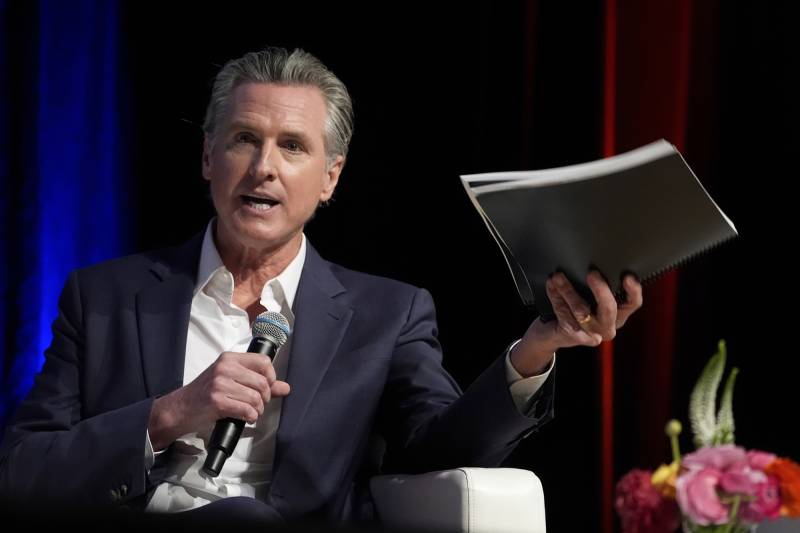California Transportation Secretary Toks Omishakin said state agencies are committed to delivering on the expectation of better customer service, pointing to the Department of Motor Vehicles as an example.
“Six years ago, there were only a dozen transactions that you could do online. Only 12. Today, there are 50,” he said.
California government’s sclerotic relationship with IT has been the subject of many press inquiries and government reports over the decades. But ethics watchdogs warn generative AI is not necessarily a quick fix, nor an inexpensive one, given that corporate consultants are handling the rollout.
“So much depends on which contexts and how genAI will be used,” wrote Irina Raicu, director of the Internet Ethics program at the Markkula Center for Applied Ethics at Santa Clara University. She argued the state government risks adding to the “pervasive AI hype that’s now endangering, among other things, the technology itself.”
Raicu suggested every state agency should ask itself a set of tough questions ahead of every pilot program: “Why should we integrate generative AI into our processes? Is this the type of AI best suited to the problems that we are hoping to address? Do we have evidence that the AI tool we hope to use works as intended? If it does, is this the most cost-effective way to respond? Have we considered the risks that come with generative AI (and associated issues like its environmental impact), not just the benefits that it would bring?”
While Newsom was talking, the Legislative Analyst’s Office published a preliminary assessment of his generative AI initiative to overhaul the state’s IT project approval process. Upshot: “premature,” without enough information to assess whether the new process would be an improvement on the old.


